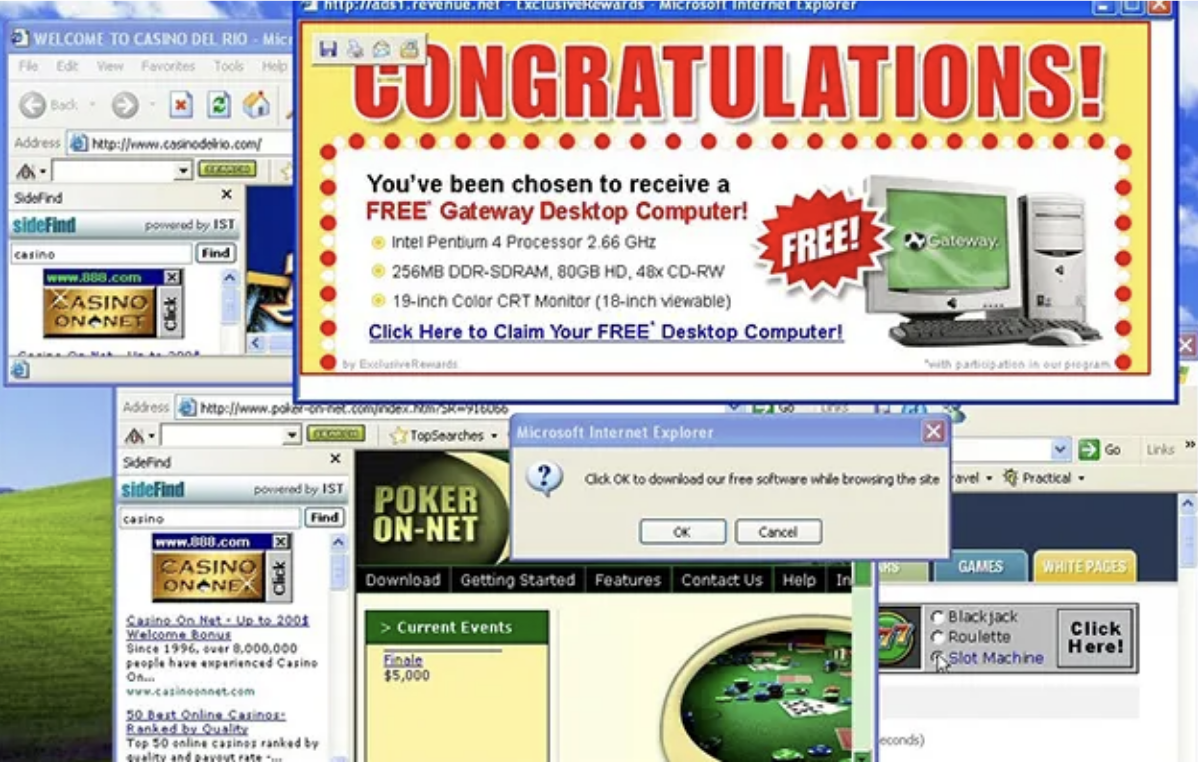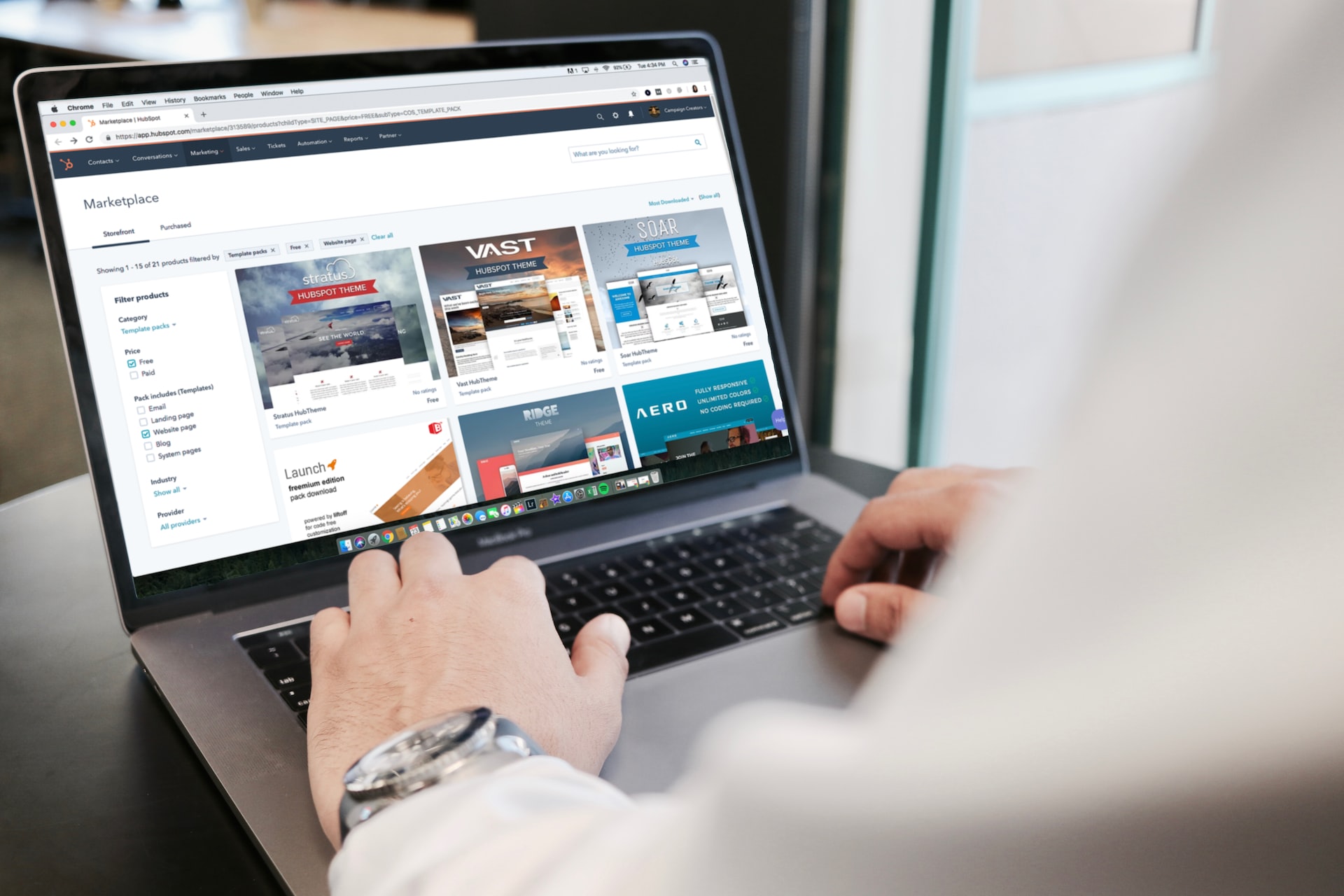Nowadays, pop-ups have emerged as a prevalent tool. They are used for engaging and converting online visitors effectively, serving as virtual signposts, guiding users toward specific actions, whether it’s subscribing to newsletters, making a purchase, or providing valuable feedback.
According to data from Sumo, using a website pop up exhibits an average conversion rate of approximately 3.09%. This statistic underscores their efficacy in capturing user attention and encouraging desired actions.
When implementing pop-up strategies, two prominent options stand out: exit-intent and timed pop-ups. In this article, we will delve into the intricacies of these two strategies. We will determine which one may yield superior conversion rates for your website.
Understanding Website Pop-Ups
Let’s establish a common understanding of what website pop-ups are. These are small, interactive boxes or windows that appear on a webpage, typically overlaying the main content. They aim to seize the visitors’ attention and motivate them to execute a particular task.
The Power of Pop-Ups
Website pop-ups have emerged as potent and versatile tools. They serve a multitude of purposes that contribute to the success of online businesses. These include:
- Cultivating email lists. They’re encouraging visitors to become part of your newsletter community. This direct line of communication can prove invaluable in building lasting connections with your audience.
- Amplifying special offers. Pop-ups are adept at shining a spotlight on exclusive discounts or promotions. In addition to piquing interest, this tactic also drives sales and conversions, bolstering your revenue streams.
- Combating cart abandonment. By offering incentives or addressing concerns, these pop-ups can effectively steer visitors toward completing their purchases.
- Collecting valuable feedback. Pop-ups can be employed as a means to solicit user feedback or encourage participation in surveys. The insights garnered from such interactions are instrumental in refining your website.
- Highlighting critical information. Pop-ups act as dynamic vehicles for delivering essential messages. Whether conveying cookie consent notices to comply with regulations or broadcasting vital announcements, these pop-ups ensure that important information reaches your audience with utmost visibility.
Incorporating these diverse pop-up strategies into your online presence can significantly enhance your involvement, conversions, and holistic user experience.
The Debate: Exit-Intent vs. Timed Pop-Ups
Now, let’s explore the key differences between exit-intent and timed pop-ups:
Exit-Intent Pop-Ups
- Triggered by user behavior. Exit-intent pop-ups are activated when a visitor is about to leave your website. This is determined by tracking mouse movement and speed. It suggests the user’s intention to close the tab or navigate away.
- Targeted messaging. Exit-intent pop-ups react to specific user behavior, so they can deliver highly targeted messages or offers. They align with the user’s interests or actions on your site.
- Less Intrusive. Exit-intent pop-ups are often perceived as less intrusive, since they appear when the user is already disengaging from your site.
Timed Pop-Ups
- Triggered by time on page. Timed pop-ups, as the name suggests, appear after a long time has passed since the visitor landed on your website. For example, you might set a timed pop-up to appear after 30 seconds.
- General messaging. Timed pop-ups typically offer a more general message or promotion. They don’t take into account the user’s behavior or specific interests.
- Potential for intrusiveness. Some visitors may find timed pop-ups intrusive, especially if they are immediately bombarded with a pop-up upon entering a site.
The Case for Exit-Intent Pop-Ups
Exit-intent pop-ups have several advantages. It makes them a compelling choice for website conversion:
- relevance;
- user-friendliness;
- lower annoyance.
The Case for Timed Pop-Ups
While exit-intent pop-ups have their merits, timed pop-ups also offer advantages worth considering:
- immediate engagement;
- simplicity;
- consistency.
Finding the Right Balance
Ultimately, whether exit-intent or timed pop-ups reign supreme depends on your website’s objectives, specific target audience, and the nature of your offerings. In many scenarios, a judicious blend of both strategies can prove to be the most potent approach.
Here are some guidelines to navigate this balance effectively:
- A/B testing. Put both pop-up types to the test and employ A/B testing to scrutinize their performance concerning conversion rates and user satisfaction. This empirical approach helps you discern which strategy aligns best with your goals.
- Audience segmentation. Delve into audience segmentation by dissecting your visitors based on their behavior, demographics, or preferences. Tailoring your pop-up approach to distinct segments can amplify its impact, catering to varied user needs.
- Optimize content. Irrespective of your chosen pop-up style, prioritize the refinement of your content. Ensure it’s engaging, concise, and offers clear and tangible value to the visitor. High-quality content remains the bedrock of effective pop-up engagement.
Conclusion
When it comes to website pop-ups, whether you opt for exit-intent or timed variants, they stand as invaluable assets for engaging and converting your website visitors. The decision between these strategies hinges on your specific website goals and a deep understanding of your audience’s preferences.
It’s crucial to remember that website pop-ups’ purpose is to enhance the user experience, not obstruct it. Striking the delicate balance between timing and relevance remains pivotal to achieving higher conversion rates, while fostering a positive rapport with your online audience.
Therefore, don’t shy away from experimentation. Embrace the opportunity to gather insightful data and continually adapt your pop-up strategy. This dynamic approach allows you to consistently elevate your website’s performance and, in turn, enhance user satisfaction.


